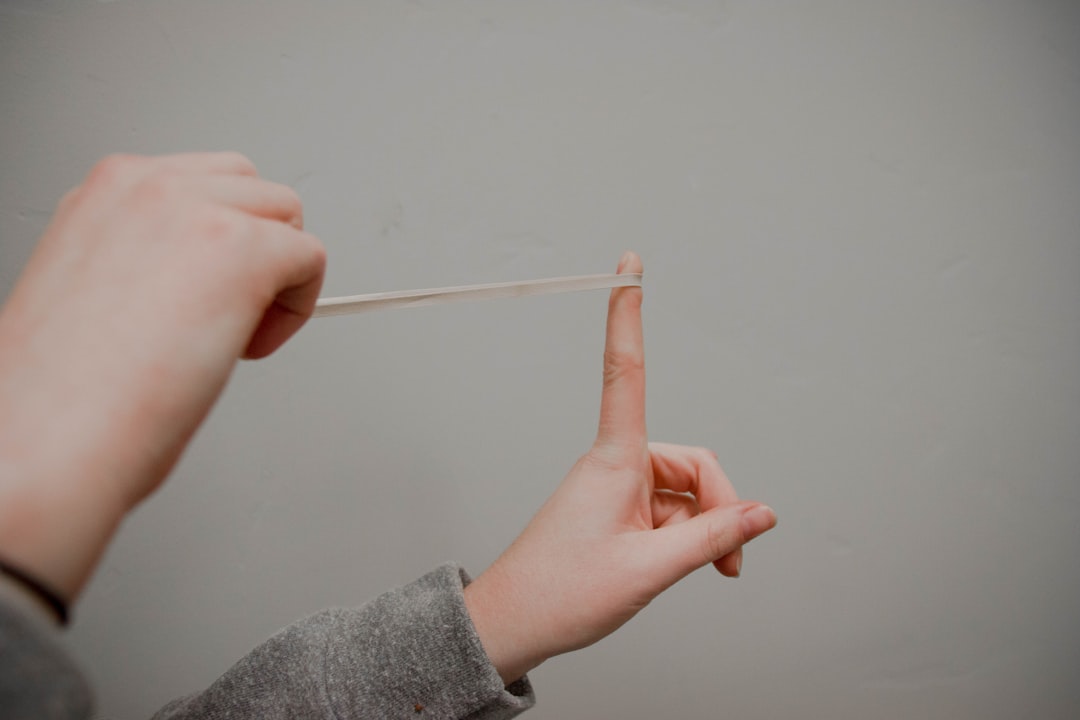What is it about?
The present paper aims at determining the status and trends in water quality at Western Algeria reservoirs. The method consists of the computation of Water Quality Index (WQI) on the basis of the physical–chemical quality parameters that were registered at the monitoring stations placed at the reservoirs. This WQI was applied to water quality data collected from 2001 to 2010.
Featured Image

Photo by Levi Meir Clancy on Unsplash
Why is it important?
Results revealed that the overall surface water quality mainly fell into the marginal class in all reservoirs, expect Hammam Boughrara reservoir where water quality fell into the poor category. This implies that the water quality of this reservoir is almost always threatened or impaired; conditions usually depart from natural or desirable levels. The low value of the index was registered in 2005 at the following monitoring stations: Hammam Boughrara – 26.5%, Sikkak – 33.5%, and Cheurfa – 41.2%. This low level of WQI can be attributed to a number of variables and tests that exceed or are less than the objectives.
Perspectives
This study showed that the Canadian Council of Ministers of the Environment's WQI (CCME WQI) may assist water managers to integrate and interpret the picture of overall water quality in the study area.
Prof. Abdelkader Hamlat
University of Laghouat
Read the Original
This page is a summary of: Water quality analysis of reservoirs within Western Algeria catchment areas using water quality index CCME WQI, Journal of Water Supply Research and Technology—AQUA, November 2013, IWA Publishing,
DOI: 10.2166/aqua.2013.226.
You can read the full text:
Contributors
The following have contributed to this page










